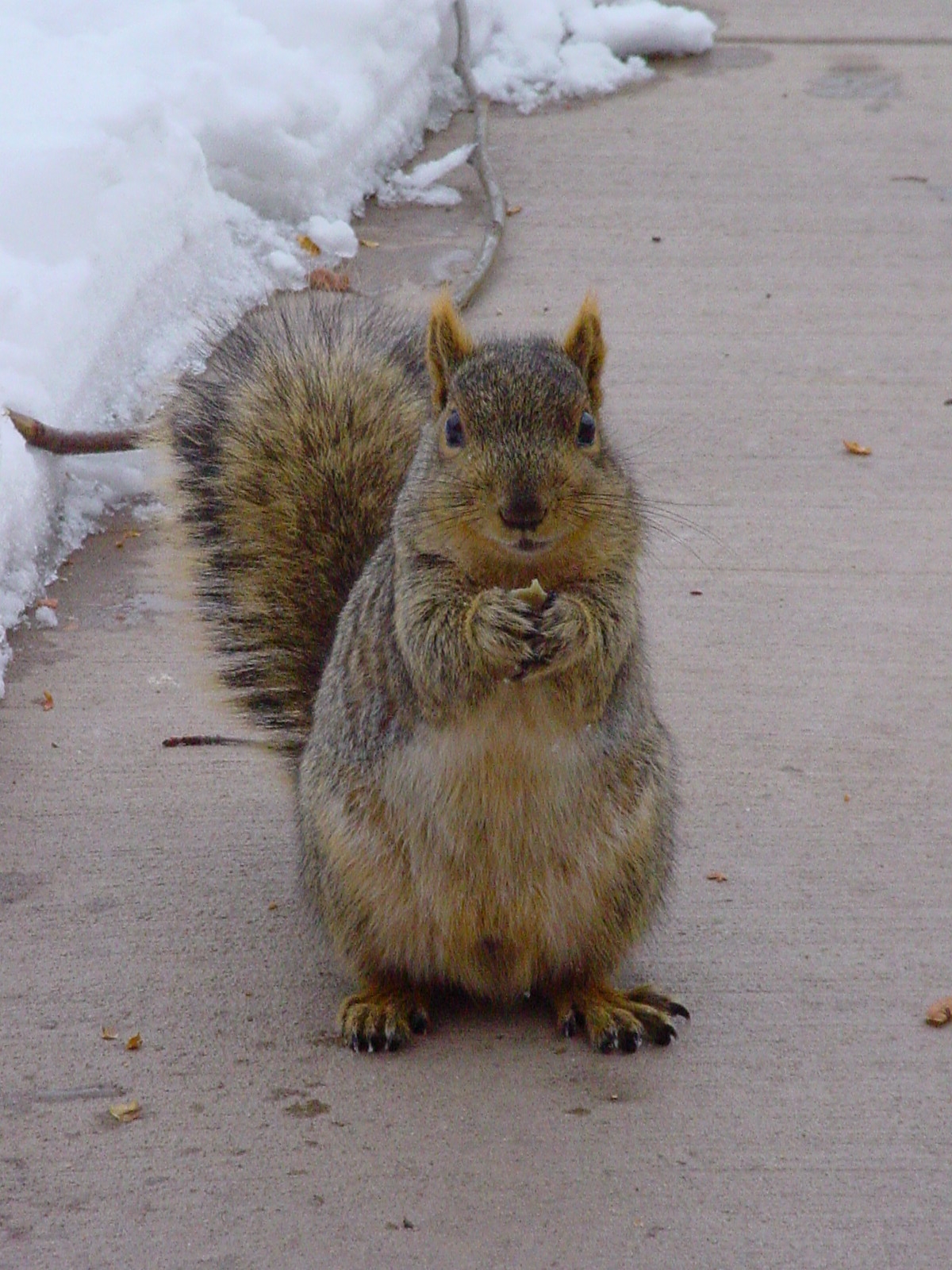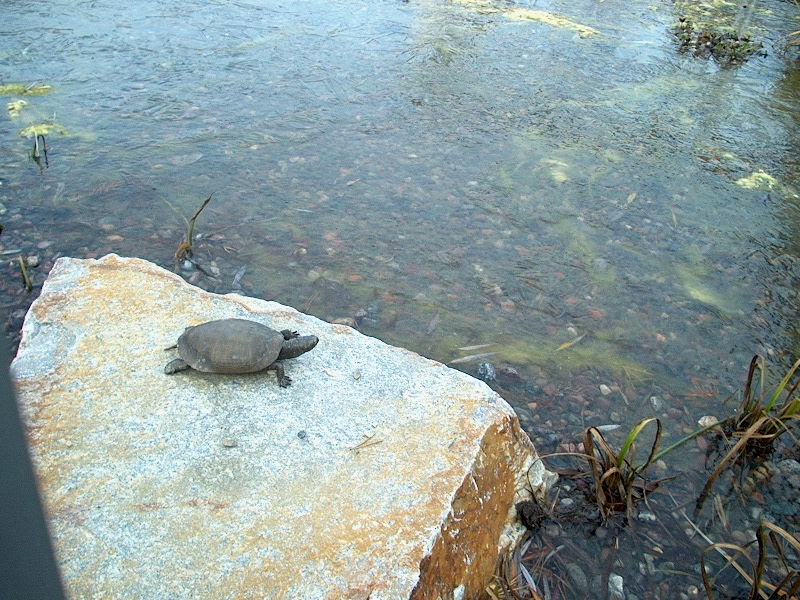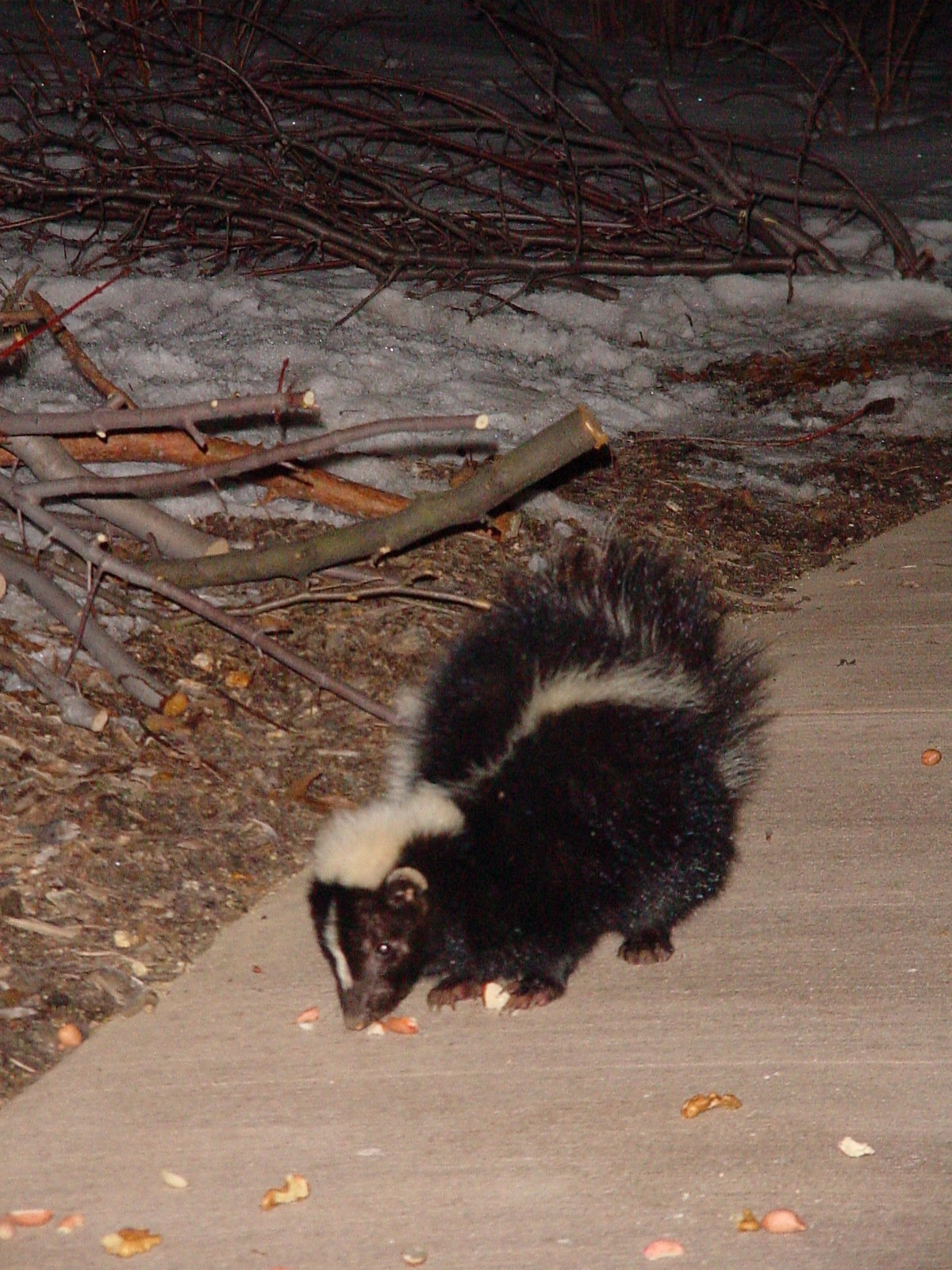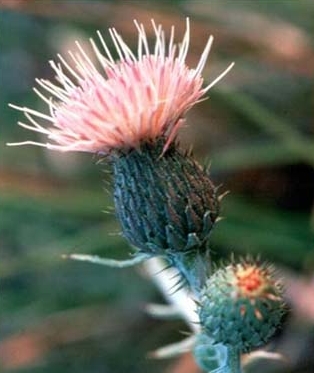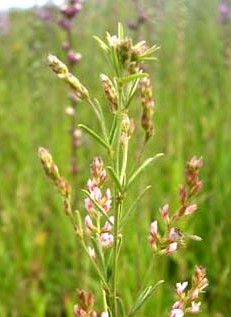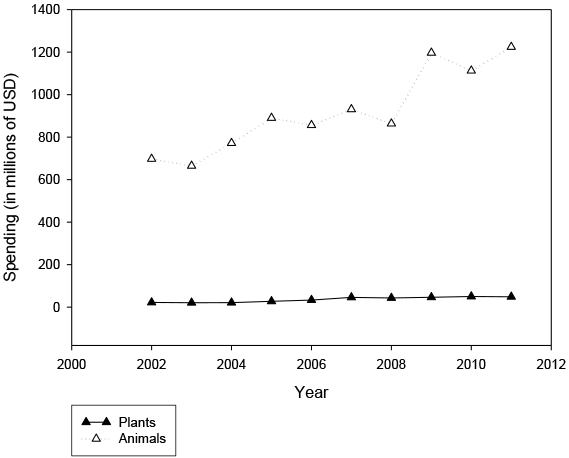On Tuesday, December 18, Chicago Botanic Garden president and CEO Sophia Siskel sent the letter below to staff, reflecting on recent events and expressing gratitude for the healing and inspiration she finds at the Garden. We’d like to share this letter with you, our blog subscribers, as you are a part of the Garden family.
We’d also like to invite you to observe a moment of silence with us at 8:30 a.m. CST on Friday, December 21. Along with the nation, the Chicago Botanic Garden will observe a moment of silence and toll a bell for each of the 26 victims of the Sandy Hook Elementary School tragedy that happened one week ago on December 14. Visitors will gather at McGinley Pavilion for the brief observance.
*****************
December 18, 2012
Dear Chicago Botanic Garden Staff,
As you know, last Friday we enjoyed a wonderful afternoon together—celebrating our colleagues’ years of service and achievements. As we left the party that day, we learned that yet another tragedy had taken place in the world.
I walked back to my desk in tears, feeling helpless and wondering what I could do to make the world a better place. Adding this grief to my worries about climate change, feeding hungry families, and reconciling our Federal budget just felt like too much! Perhaps you felt, or are feeling, this way too.
And that is why I wanted to write this letter to you.
Because while as individuals we cannot solve all the world’s problems, we are, as Garden staff and volunteers, doing a lot together. When I realized how much we are doing for others, my pain began to ease. I hope that you, too, will find solace in remembering the importance of our garden.
Each and every day of the year, from dawn to dusk, we offer a refuge, as well as education, wellness, therapy, inspiration, and conservation of the environment. Each and every day, as part of the intricate team it takes to run our garden, you deliver joy, healing, and inspiration. Your efforts, especially now, make a difference in so many ways. People who come into contact with your work can feel your commitment and your nurturing kindness.
Our garden is a place where hope for the future can be rekindled; where serenity and the beauty of nature can calm the spirit and the mind. Each season and every program offers a respite from the stresses of the world.
Our garden is a place where people play, stroll, eat, laugh, and dance with friends and family, with strangers and alone, in good times and bad. Our garden embraces people of every age and background and welcomes multi-generational families to enjoy a day together. Our garden, through its formal design, and informal programs, offers joy, beauty, fun, and peace.
Our garden helps ensure that science education reaches thousands of children and provides individuals of all ages—and from all backgrounds—with engaging classes and programs. These opportunities enrich people’s lives, complement the education system, and, hopefully, over time, help heal the planet.
Our garden helps people get regular exercise and grow their own food. People who walk outside move at a faster pace, perceive less exertion, and experience more positive emotions than people exercising indoors. Together with wonderful partners, we are committed to growing and donating food, and training farmers throughout Cook and Lake Counties.
Our garden helps heal and conserve the environment. All life depends on plants; Garden conservation scientists study what is happening to plants, the changes that can result from a loss in plants and healthy habitat, and then seek to discover ways to heal the damage.
Our garden serves veterans and people who have physical and emotional challenges. Working with plants builds strength, relieves stress, fights depression, and increases well-being. Just looking at a scene depicting nature activates parts of the brain associated with balance and happiness. Garden therapy programs extend beyond physical boundaries, serving schools, hospitals, rehabilitation centers, and hospice.
Our garden is a refuge and a good value—people return over and over again and Mother Nature, aided by skilled horticulturalists, always provides something new.
If we remember that gardens are important to the physical and emotional well-being of all people, and if we honor the opportunity we have to work with wonderful colleagues in a place whose beauty changes with every hour, we will help address the world’s challenges today, and for many years to come.
Thank you for all you do for the Chicago Botanic Garden. I am profoundly grateful to work with you and hold you and your family in my heart.
I wish you all the best for a Happy, Healthy New Year.
Warmly,
Sophia
Sophia Siskel
President & CEO
Chicago Botanic Garden
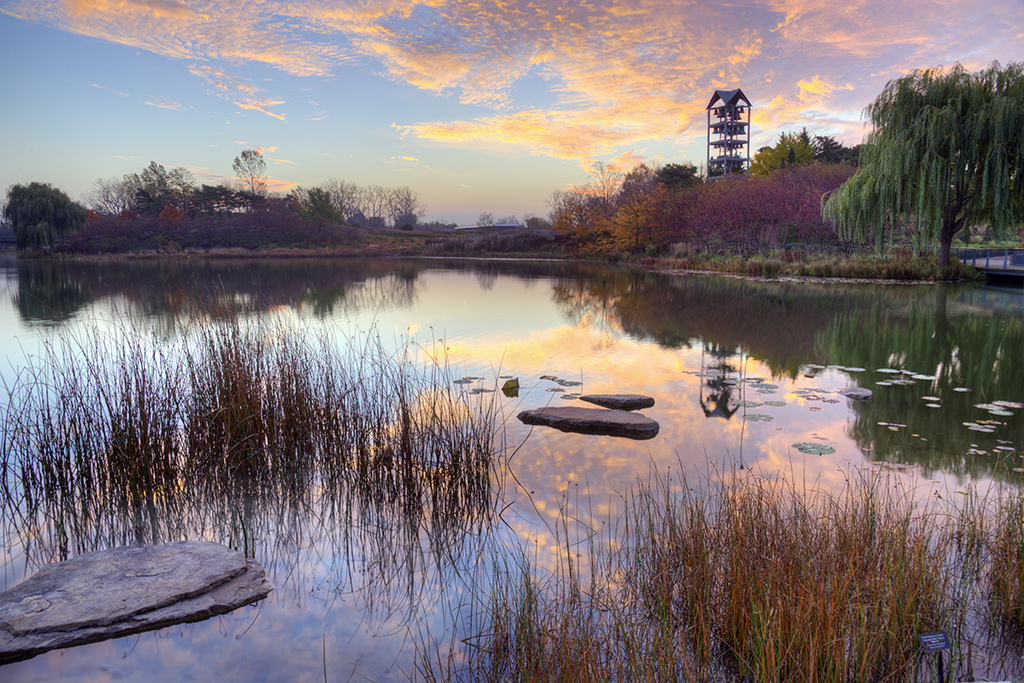
Photo by Bill Bishoff
©2012 Chicago Botanic Garden and my.chicagobotanic.org



